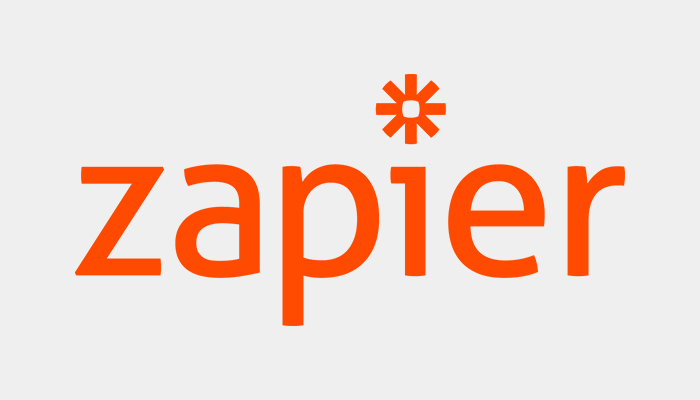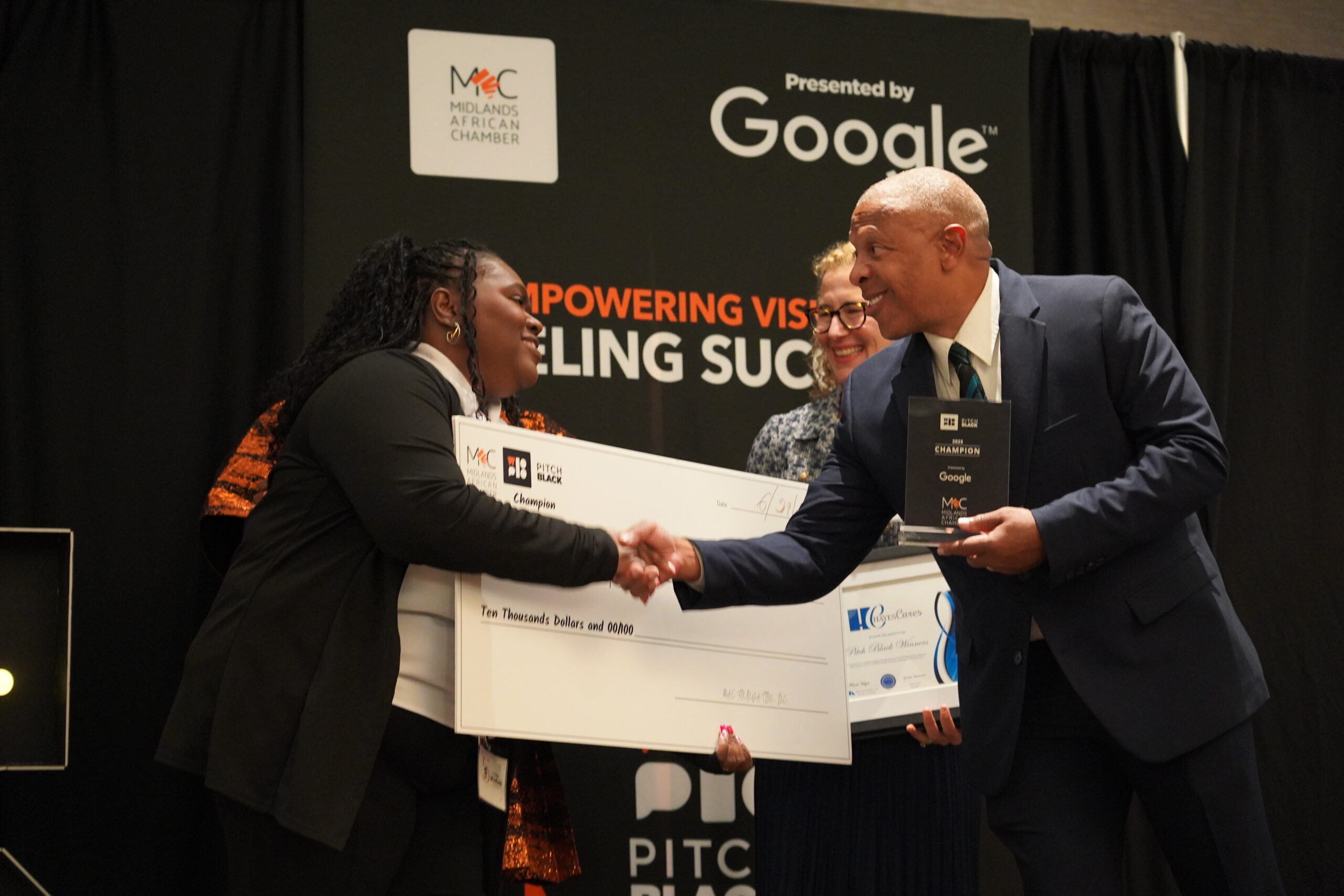
Zapier has launched a major new feature for its automated workflow platform: the ability to create multi-step Zaps.
Until now Zapier has allowed users to create individual “zaps,” which are action-based triggers that connect various APIs to one another. For example, you can create a zap so that new Twitter mentions automatically share in your Slack channel. Or you can set them up to automatically share MailChimp campaigns to LinkedIn.
After a year of redesigning the product and overhauling the original codebase, the 36-member team has now given Zaiper users the ability to create Zaps with an unlimited number of triggers.
“Today’s release of Multi-Step Zaps marks the most significant upgrade to Zapier’s product since we launched in 2012,” said Mike Knoop, CPO and co-founder, in a press release.
With over 500 integrated app APIs, including Trello, Stripe, and Salesforce, the possibilities are endless for the 800,000 current users of Zapier.
Keeping its Silicon Prairie roots
The idea for Zapier began in 2011 as the winner of Columbia, Missouri’s first ever Startup Weekend. Within less than a year, the co-founders—Wade Foster, Bryan Helmig and Mike Knoop—were accepted into Y Combinator and launched Zapier in June 2012. By October 2012, a year after winning Startup Weekend, the team had raised a $1.2 million seed round.
Today over 1.8 billion tasks have been automated by Zapier’s platform. The company reached profitability in 2014 and has no plans to seek further investment.
Although they are now based in Mountain View, California, the team is 100% remote and includes several team members from the Midwest. Engineers James Carr and Brian Cooksey are based out of Columbia, Missouri. Frontend engineers Steve Molitor and Justin Deal are based out of St. Louis, Missouri. And Marketer Danny Schreiber, a former editor at SPN, works out of Storm Lake, Iowa.
“Our three co-founders all hail from Missouri and there’s no doubt that if you spent a week with our company, you’d see Midwest values at play,” said Schreiber. “We’re a hard-working, quiet bunch—maybe too quiet for our own good—and we care deeply about the people who work alongside us and rely on our service.”
—
Ryan Pendell is the Manging Editor of Silicon Prairie News.





One response to “Zapier gives us what we’ve dreamed of—Multi-Step Zaps”
[…] https://spnewsnjt.wpengine.com/2016/02/zapier-gives-us-what-weve-dreamed-of-multi-step-zaps/ […]